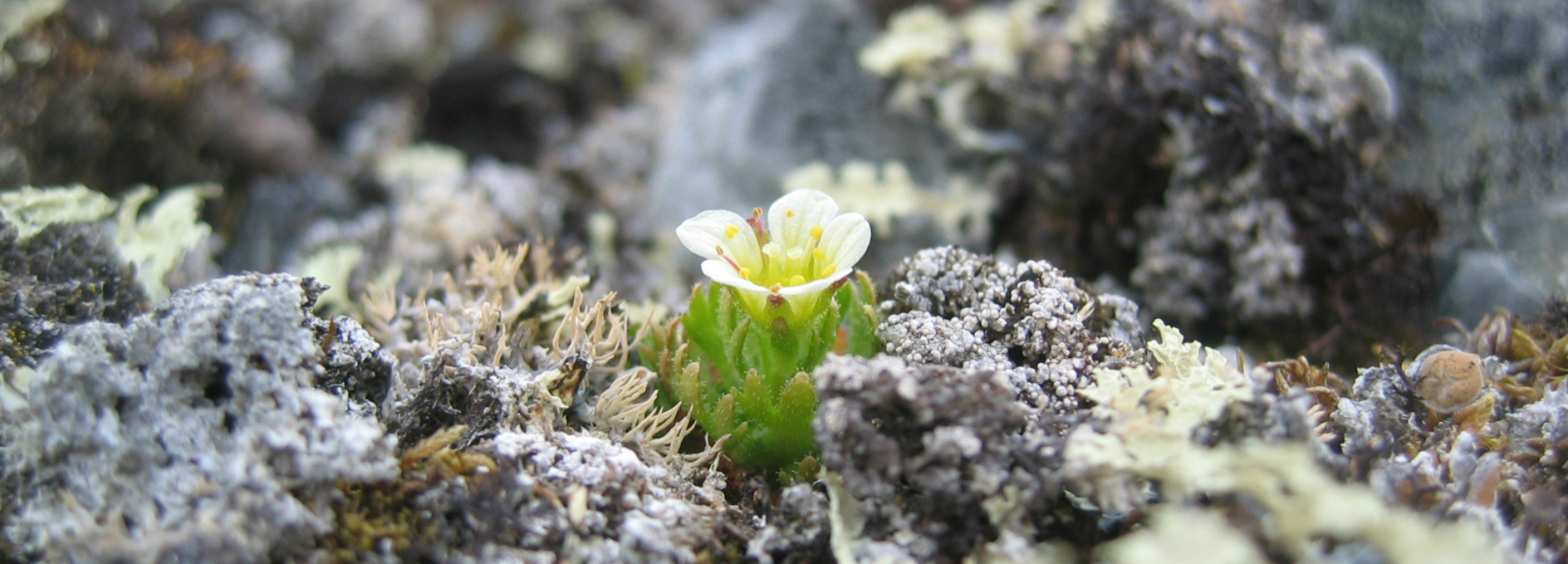Global warming is enabling Arctic tundra plants to grow taller, according to new research involving a University of Stirling scientist.
The study reveals that, over the past three decades, there has been an overall increase in the height of tundra plant communities, typically associated with low-growing grasses and dwarf shrubs.
Professor Philip Wookey, of the Faculty of Natural Sciences at Stirling, is one of almost 130 international biologists who worked on the study, published in Nature.
Significantly, the paper can trace its origins, in substantial part, to the International Tundra Experiment programme (ITEX), which was chaired by Professor Wookey between 1996 and 2003. The most recent ITEX meeting was held at the University of Stirling in April this year.
“This is a truly international effort, and brings together data painstakingly collected from remote sites around the circumpolar north that extend over 30-plus years,” said Professor Wookey. “The results show the exceptional value of a sustained and coordinated research effort, and of what can be achieved with tenacity and vision.”

Professor Philip Wookey, of the Faculty of Natural of Sciences, was involved in the research.
The research team – led by the German Senckenberg Biodiversity and Climate Research Centre (BiK-F) and the German Centre for Integrative Biodiversity Research (iDiv) – analysed the most comprehensive data set available on plants in the Arctic tundra. The study encompassed almost 120 sites, most located in the regions of Alaska, Canada, Iceland, Scandinavia and Siberia.
“The increase in height was not just in a few sites but nearly everywhere,” said lead author Dr Anne Bjorkman, of BiK-F.
With Arctic temperatures having risen by about 1C in summer and 1.5C in winter over the 30-year period, the scientists say that climate warming is the underlying cause for the trend.
As well as finding that individual plants are growing taller, they also discovered that the plant community has changed.
“Taller plant species, either from warmer pockets within the tundra or from southern or lower elevation areas, have spread across the tundra,” said study co-author Dr Nadja Rüger, of iDiv and Leipzig University.
Dr Bjorkman added: “If taller plants continue to spread at the current rate, the plant community height could increase by 20 to 60 percent by the end of the century.”
However, the researchers found no evidence that the invasion of taller species is currently leading to a decline in shorter species.
Climate change
Arctic regions have long been a focus for climate change research, as the permafrost underlying tundra vegetation contains one-third to half of the world’s soil carbon. When the permafrost thaws, greenhouse gases could be released.
An increase in taller plants could speed up this process, as they trap more snow in winter, which insulates the underlying soil and prevents it from freezing quickly and deeply in winter.
Dr Bjorkman said: “Although there are still many uncertainties, taller tundra plants could fuel climate change, both in the Arctic and for the planet as a whole.”
In contrast to plant height, researchers found that six other measures – including the size of leaves and their nitrogen content – showed no consistent change over the last 30 years. These other plant characteristics ere strongly influenced by moisture levels, as well as temperature.
The study concludes that the response of the plant community as a whole to climate warming will depend on whether the tundra becomes wetter or drier over time.
Dr Rüger added: “In order to predict how the plant community in the tundra will react in the future, it is necessary to not only take into account alterations in temperature, but also in water availability. If precipitation or the water cycle change, or if the timing of snowmelt shifts, this may have severe effects on the tundra vegetation.”
Background information
Media enquiries to Greg Christison, Communications Officer, on 01786 466 687 or greg.christison@stir.ac.uk

